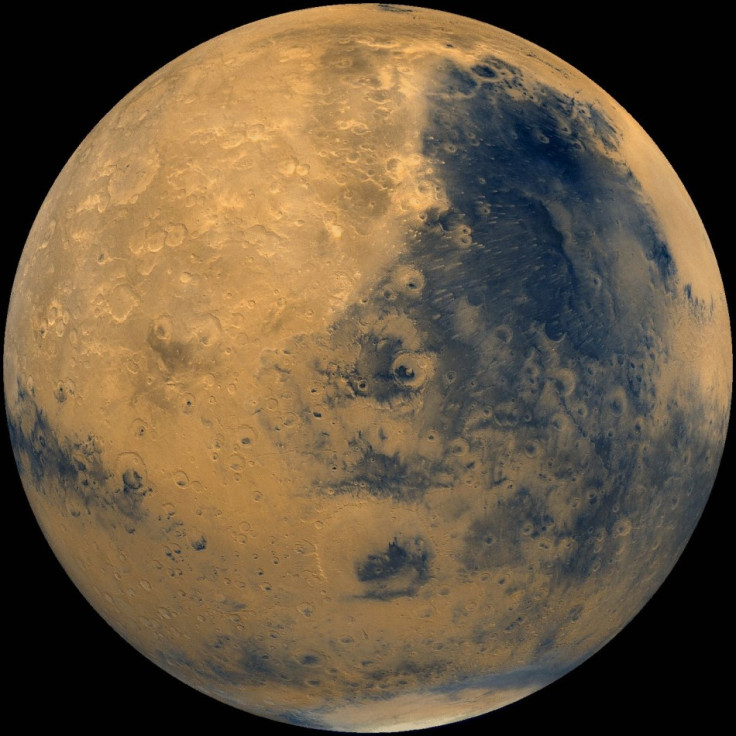Will Asteroid Craters on Earth Have Microbes, Suggesting Life on Mars?

Craters created by asteroid impacts can provide clues to existence of life on Mars, according to a new report published in the journal Astrobiology.
Researchers from University of Edinburgh recently discovered microbes thriving deep underneath a US site, where an asteroid crashed 35 million years ago.
Experts drilled 2 km below one of the largest asteroid impact craters on Earth, in Chesapeake, US. They collected samples from below the ground which showed microbes spread unevenly throughout the rock, suggesting that the environment is continuing to settle 35 million years after impact.
The evidence of microbes suggested that such craters provide shelter for microbes from the effects of changing seasons and events such as global warming or ice ages.
The scientists said that heat from the impact of an asteroid collision would kill everything at the surface, but fractures to rocks deep below would allow water and nutrients to flow in and support life, BBC reported.
"The deeply fractured areas around the impact craters can provide a safe haven in which microbes can flourish for long periods of time," BBC quoted Charles Cockell, professor at the University of Edinburgh, as saying.
The findings also suggest that drilling beneath crater sites on Mars could potentially uncover similar life forms.
"Our findings suggest that the subsurface of craters on Mars might be a promising place to search for evidence of life," said Cockell.
Similarly, Nasa researchers discovered microbial life on Mars more than 30 years ago, through robotic mission. Nasa sent two space missions, Viking 1 and 2, to Mars in 1976 to determine whether life existed on the red planet.
The probe carried three experiments specially designed for the task, including Labeled Release (LR) experiment and control experiments. While the LR experiment came out positive for life, the control experiments came out negative.
The scientists dismissed the possibility of presence of life after the LR experiment results were not backed up by the probes' other two experiments, both of which came out negative.
But, recently after running Viking's LR data through a mathematical test that were designed to separate biological signals from non-biological signals, Miller's team believed that the LR experiments did indeed find signs of microbial life in Martian soil.
© Copyright IBTimes 2025. All rights reserved.





















